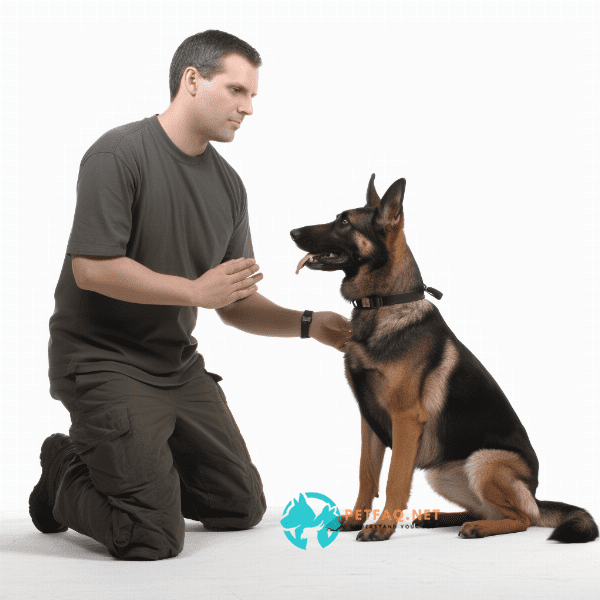Table of Contents
- The importance of positive reinforcement in dog training for discipline
- Effective methods for correcting behavioral issues in dogs
- The role of consistency in establishing discipline in dogs
- Training exercises for improving obedience and reducing problem behaviors in dogs
- The benefits of professional training for dog owners looking to improve discipline
The importance of positive reinforcement in dog training for discipline
Positive reinforcement is a crucial aspect of dog training that helps to build a strong and healthy relationship between a dog and its owner. This approach involves rewarding good behavior with treats, praise, or affection to encourage the repetition of that behavior. Positive reinforcement is particularly effective in discipline training as it helps to change the dog’s behavior in a more natural and humane way, without relying on fear or punishment. By using positive reinforcement, the dog is motivated to perform the desired behavior, making it more likely to repeat it in the future. In addition, it helps to increase the dog’s confidence and reduces stress and anxiety, which can lead to other behavioral issues. In conclusion, positive reinforcement is an important tool for dog training and discipline, promoting both obedience and a strong bond between dog and owner.
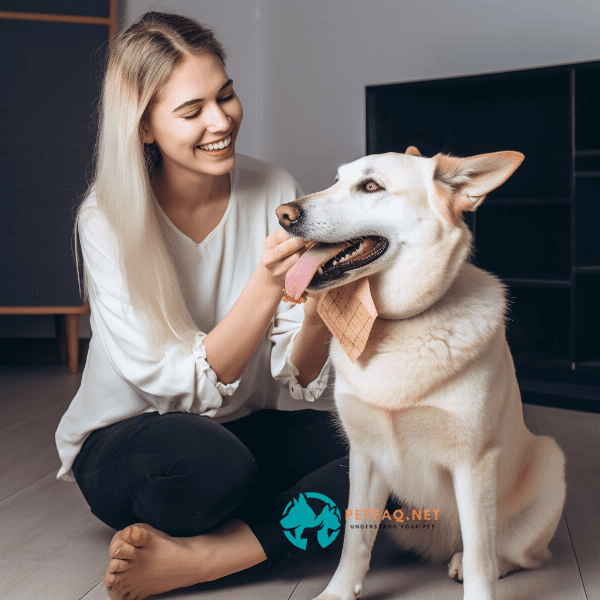
Effective methods for correcting behavioral issues in dogs
Correcting behavioral issues in dogs requires patience, consistency, and a comprehensive understanding of the underlying causes. Some effective methods for correcting behavioral issues include:
2. Consistency: Maintain a consistent routine and set of commands to avoid confusion and reduce stress.
3. Redirection: When a dog is about to exhibit problematic behavior, redirect its attention to a more desirable behavior.
4. Training: Engage in regular training sessions to help your dog understand and follow commands.
5. Management: Reduce opportunities for problematic behavior by limiting access to trigger environments or situations.
6. Consultation with a professional: If the behavioral issue persists, consider seeking the advice of a professional dog trainer or behaviorist.
It’s important to remember that correcting behavioral issues in dogs can take time and patience, but with a consistent and compassionate approach, positive changes can be made.
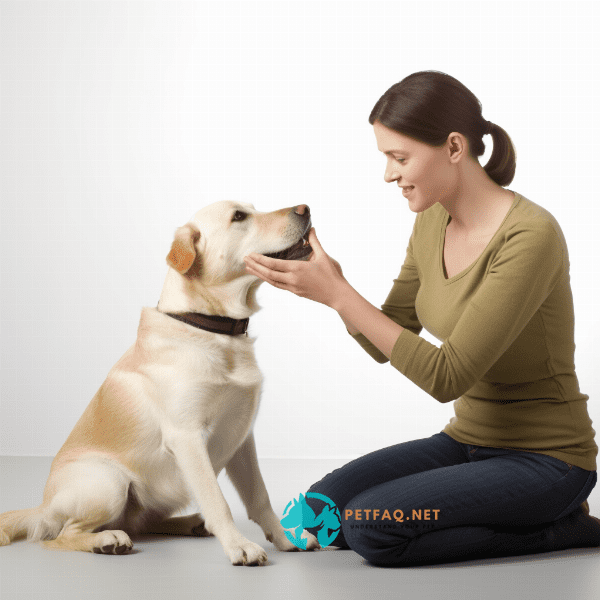
The role of consistency in establishing discipline in dogs
Consistency plays a vital role in establishing discipline in dogs. A consistent approach helps to build trust and understanding between the dog and its owner. It is important to maintain a consistent routine for feeding, exercise, and training, as well as using consistent commands and rewards.
Inconsistent discipline sends mixed signals to the dog, causing confusion and making it more difficult for the dog to learn and respond to commands. For example, if a command is given only sometimes or is not reinforced consistently, the dog may not see it as important and may ignore it.
Consistency also helps to reduce stress and anxiety in dogs, as they are able to rely on the stability of the rules and structure provided by their owner. A well-disciplined dog is not only easier to live with, but it also has a stronger bond with its owner, built on trust, mutual respect, and a clear understanding of expectations.
In conclusion, consistency is key to establishing discipline in dogs and creating a happy, well-behaved, and stress-free companion.
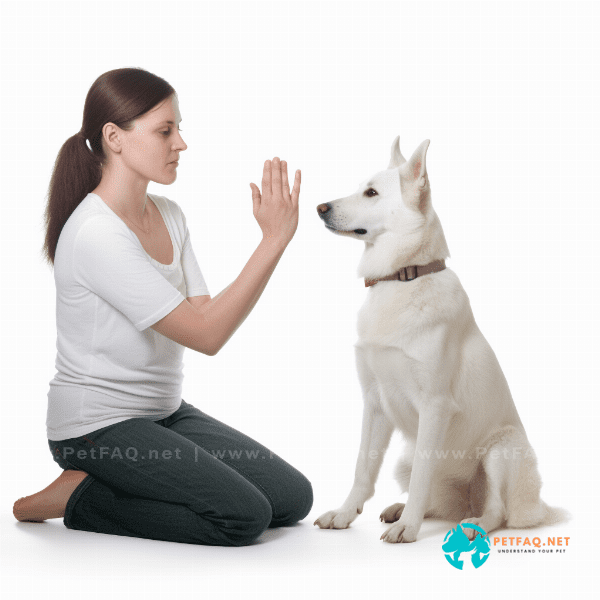
Training exercises for improving obedience and reducing problem behaviors in dogs
Training exercises are an important tool for improving obedience and reducing problem behaviors in dogs. Some effective exercises include:
1. Basic commands: Teach the dog basic commands such as “sit,” “stay,” and “come” to improve obedience and build trust.
2. Socialization: Expose the dog to different people, animals, and environments to help it become well-adjusted and confident.
3. Positive reinforcement training: Reinforce good behavior with treats, praise, or affection to encourage repetition.
4. Loose-leash walking: Teach the dog to walk calmly on a leash to improve control and reduce pulling or jumping.
5. Playtime: Incorporate playtime into the dog’s routine to provide physical and mental stimulation and improve behavior.
6. Counter-conditioning: Change the dog’s response to triggers that cause problematic behavior by associating them with positive experiences.
It’s important to remember that training exercises should be fun for the dog and provide positive reinforcement for good behavior. With patience and consistency, these exercises can help improve obedience and reduce problem behaviors in dogs, strengthening the bond between the dog and its owner.
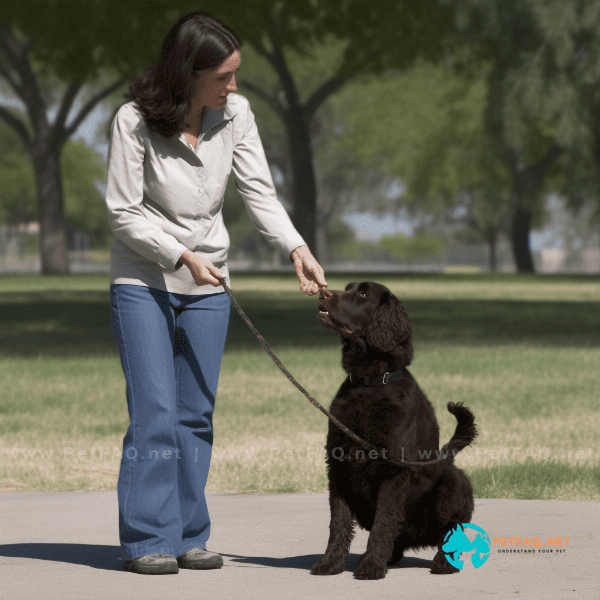
The benefits of professional training for dog owners looking to improve discipline
Professional training can provide a wealth of benefits for dog owners looking to improve discipline. By working with a professional, dog owners can receive expert advice and guidance on the most effective training methods and techniques.
A professional trainer can also help to diagnose and address specific behavioral issues, such as aggression, separation anxiety, or destructive chewing. In addition, professional training can help to build a stronger bond between the dog and its owner, as they work together to achieve common goals.
Professional training can also provide a safe and controlled environment for the dog to learn and practice new behaviors, reducing the risk of accidents or incidents. Furthermore, professional trainers can provide ongoing support and advice, helping to reinforce the training and maintain discipline over time.
In conclusion, professional training is an effective and valuable resource for dog owners looking to improve discipline, build a stronger bond with their dog, and address specific behavioral issues.
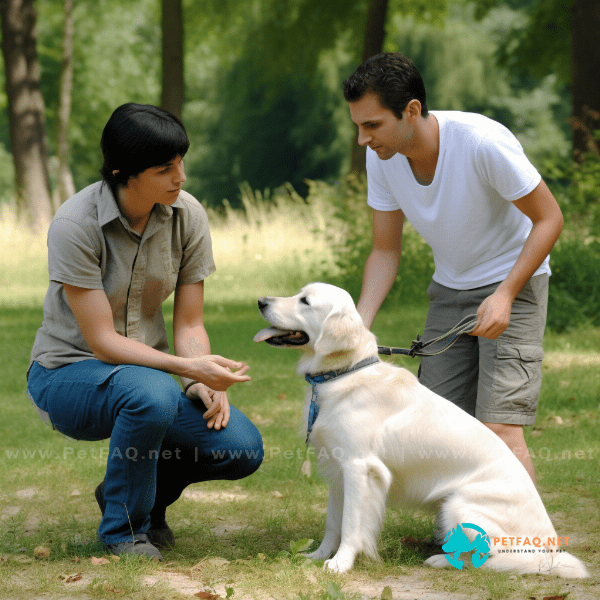
Frequently Asked Questions (FAQs) about Dog Training discipline:
1. Are there any breeds of dogs that require more discipline during training than others?2. How important is consistency in dog training discipline?
3. What is the importance of discipline in dog training?
4. How can you use discipline to correct unwanted behavior in dogs?
5. What are some effective ways to correct undesirable behaviors in dogs during training?
6. What is the best way to discipline a misbehaving Beagle?



